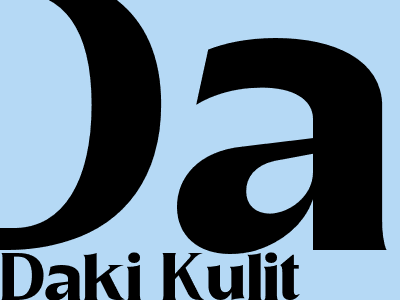Daki Kulit: The Art of Traditional Javanese Body Painting
Unveiling the Ancient Ritual and Its Cultural Significance
Origins and History
Daki Kulit, the captivating art of Javanese body painting, traces its roots back to ancient Javanese rituals. This unique art form holds immense cultural significance and has been passed down through generations.
Sacred Rituals and Symbolism
Daki Kulit is not merely an art form but a sacred ritual deeply intertwined with Javanese customs. It is often performed during traditional ceremonies, such as weddings, births, and religious festivals. The intricate designs and patterns symbolize protection, blessings, and spiritual transformation.
Materials and Techniques
Daki Kulit artists use a variety of natural materials, including rice powder, turmeric, and charcoal. The powder is mixed with water to create a paste that is applied to the skin using brushes or fingers. The intricate designs require skilled artistry and a keen attention to detail.
Variations and Styles
Daki Kulit encompasses a wide range of variations and styles. Some designs are abstract and geometric, while others depict scenes from nature or traditional Javanese folklore. The complexity of the designs varies depending on the skill of the artist and the significance of the occasion.
Modern Revival and Contemporary Interpretation
In recent times, Daki Kulit has experienced a revival as contemporary artists explore its potential as a form of self-expression and cultural preservation. Artists have incorporated modern techniques and themes, while staying true to the traditional roots of the art form.
Cultural Importance and Preservation
Daki Kulit holds profound cultural significance in Javanese society. It serves as a bridge between the past and present, connecting generations and preserving ancient traditions. Efforts are being made to protect and promote Daki Kulit as an integral part of Javanese heritage.
Conclusion
Daki Kulit, the art of traditional Javanese body painting, is a captivating and deeply meaningful art form. Its origins, rituals, and symbolism hold immense cultural significance. Through the preservation and revival of Daki Kulit, future generations can continue to appreciate and connect with this unique expression of Javanese identity.

Komentar